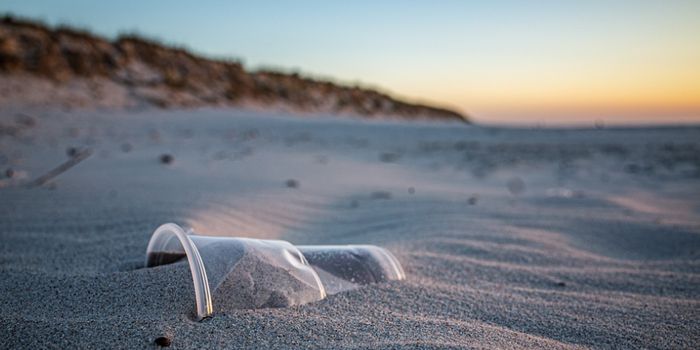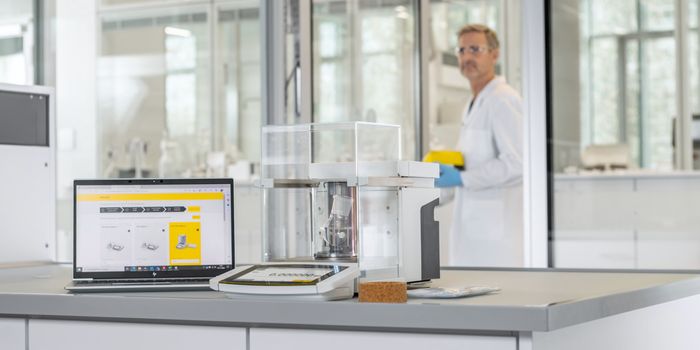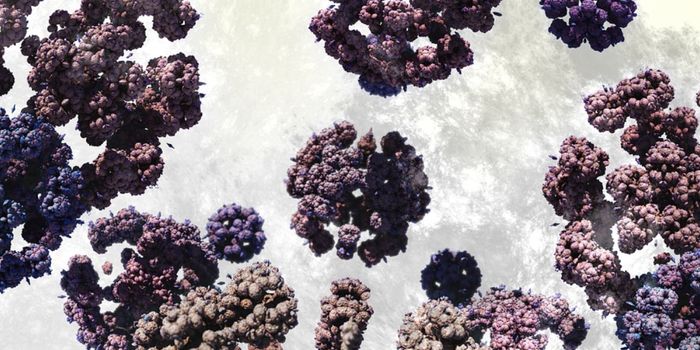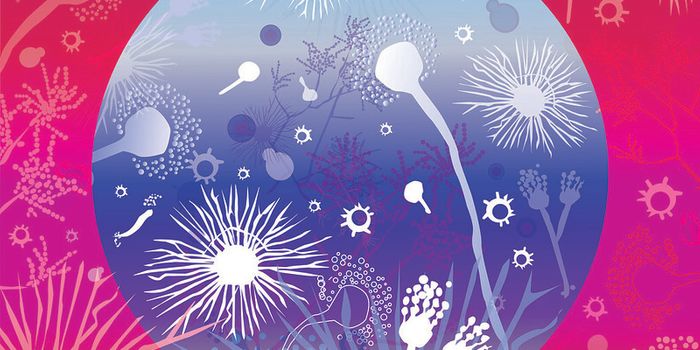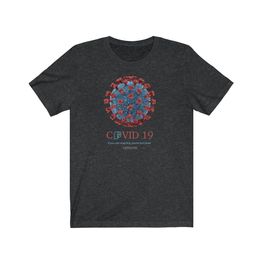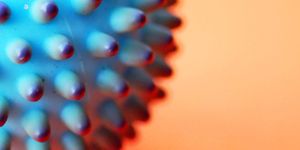Researchers have known for a long time (we’re talking 150 years) that lichens exist as part of a symbiotic relationship - fungus and algae or cyanobacteria living in harmony. Just recently, however, Purdue mycologists identified a third partner in this relationship - yeast.
Lichens are composite organisms made up of a fungus and algae or cyanobacteria (sometimes both). The algae and cyanobacteria produce food for the fungus through photosynthesis. The fungus, in turn, gives the algae and cyanobacteria a safe place to live.
All of that is still true, except study author M. Catherine Aime has identified a third wheel in the relationship. According to Aime, “these yeasts comprise a whole lineage that no one knew existed, and yet they are in a variety of lichens on every continent as a third symbiotic partner. This is an excellent example of how things can be hidden right under our eyes and why it is crucial that we keep studying the microbial world.”
Aime and colleagues found that two seemingly identical lichens behaved quite differently. The lichens Bryoria tortuosa and B. fremontii are composed of the same fungus and alga, but B. tortuosa is yellow and produces vulpinic acid, while B. fremontii is brown and does not produce the acid.
The group took samples from 15 lichens in western Montana and performed mRNA transcriptome sequencing. When they compared the data, they found sequences from a basidiomycete. Basidiomycota is a phylum that includes both filamentous fungi and yeast.
The Purdue researchers dug a little deeper and looked for the basidiomycetes in different lichens that were growing adjacent to those initially sampled. Each of these adjacent lichens housed genetically distinct strains of Basidiomycota. Eventually, they identified 52 genera of lichens from 6 continents that have a symbiotic relationship with the yeast!
So, what do the yeast bring to the symbiotic equation? Aime predicts that they are the source of vulpinic acid, which probably helps protect the lichen from invading microbes.
Sources: Science,
Purdue University, Wikipedia


